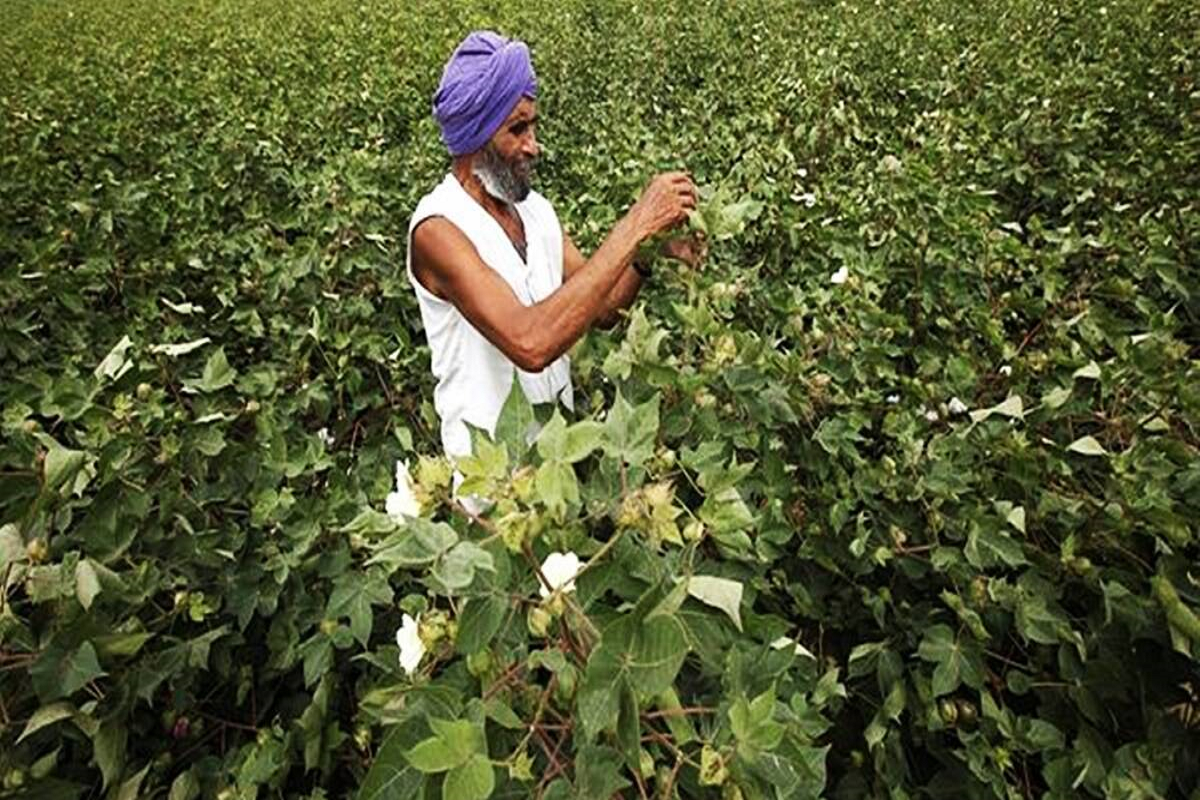
On Monday, an agriculture spokesman said that nearly four million acres are being utilized for cotton cultivation in Punjab. He also directed farmers to sow approved and registered varieties to get better production results.
He additionally said that the government has announced Rs. 8,500/40 KG as the support price of cotton. He added to his statement that billions of subsidies are already available to encourage the production of cotton. Initially, the subsidies were given to farmers sowing the following cotton varieties – Nibge-11, BS-15, CKC-1, CIM-663, FH-490, CKC-3, MNH-1020, IUB-2013, Niab-1048, Niab-878, Niab-545, and Niab-Kiran.
Rs. 1,000 per bag subsidy is available for a maximum of the five-acre area and it can be availed on a first come first served basis. Farmers are required to take out the voucher from the seed bag and send its secret number to 8070 as text along with their CNIC numbers. The spokesman added to his statement that farmers should use fertile land and approved BT varieties based on the availability of water, and the nature of the soil, by local agriculture officials.
Moreover, he said that at least ten percent of land should be sown with non-BT varieties to avoid developing resistance against safeguards encompassed in BT varieties.
Farmers should use appropriate anti-fungus and suitable pesticides to seed before sowing. It will help in keeping crops safe from different pests. He said that 6 KG of seed per acre be used in the case of fur-free seed and 8 KG for seed with fur. Sowing is to be done on beds either by hand or using a machine ensuring row to row distance of 2.5 feet and a plant-to-plant distance of 9 inches. It becomes easier to remove weeds from cotton sown on beds and save the crop from water and rain-related damages.
Crop sown on beds generally needs four water, first 3-4 days after sowing, second, third, and fourth at an interval of 6-7 days whereas crop sown by drill gets first water at 30-35 days and rest at 12-15 days. In case, if needed water can be applied after a 12 day gap.
















